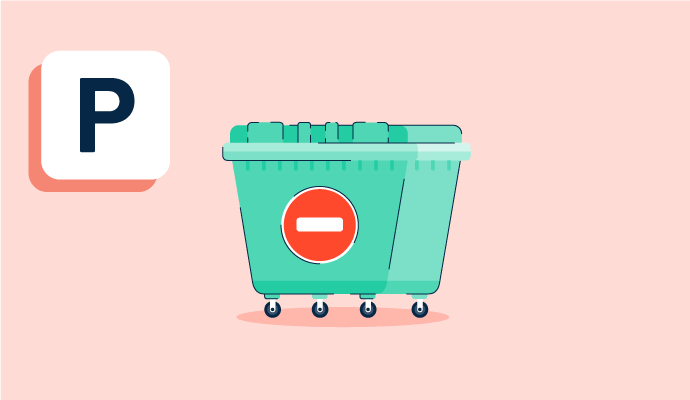What is production efficiency?
Production efficiency, also known as productive efficiency, refers to a level of production at which additional quantities cannot be produced without sacrificing the production of another product. It is the level at which the maximum production capacity has been reached. The additional quantities can be produced only if the product sacrificed also uses the same resources.
Production efficiency reduces material waste and saves time, leading to cost savings. Measuring production efficiency also helps companies determine other metrics, such as overall equipment effectiveness (OEE), which quantifies the health of a manufacturing plant.
Manufacturing intelligence software helps companies collect production data from all their systems. Analyzing that data and using key performance indicators (KPIs) teaches companies to cut costs while maintaining quality.
How to calculate production efficiency
Companies use production efficiency to ensure their operations run as smoothly as possible. They calculate production efficiency by measuring their actual output rate against a standard output rate with the following formula:
Production efficiency = (Actual output rate / Standard output rate) x 100
The standard output rate is a benchmark. Using historical data, companies calculate the output rate typically produced in a given period. The actual output rate is the current performance rate in the same period.
For example, in the past, a company has produced 500 hats per hour with trained employees running its machines. This is the standard output rate. The company currently makes 390 hats per hour under the same circumstances. The company divides 390 by 500 and then multiplies by 100. The resulting production efficiency is 78%, with an ideal target of 100%.
Benefits of production efficiency
Measuring production efficiency helps businesses learn to make the most of available resources. As production efficiency increases, companies will notice the following advantages:
- Waste reduction: The closer facilities move toward 100%production efficiency, the closer they get toward maximizing their raw materials. Plus, increasing efficiency identifies and eliminates areas where product defects are occurring.
- Lower costs: As production improves, companies save money on both materials and labor.
- Increased profits: Running more efficient operations can give companies an edge over competitors. With less wasted time and materials, companies can pass cost savings onto customers, increasing their sales volume and bottom line.
- Better employee safety: Part of creating a smooth manufacturing process is reducing human operating errors that slow down workflows. By reducing errors, companies also lessen the chance of employee injuries, creating a safer workplace.
Production efficiency best practices
To optimize production efficiency, companies should strive for incremental improvements in their people, processes, and technology. Some best practices include:
- Identify bottlenecks: Organizations should analyze holdups in the production process and consider whether they are caused by equipment failure, procedural breakdown, or human error. Knowing the root cause helps companies identify solutions. For instance, if a human error is slowing down the workflow, increased training initiatives may help.
- Organize layout: Companies should design the layout of a factory floor so production follows a logical order. Employees need quick access to all necessary tools and technology.
- Maintain equipment: Scheduling regular equipment maintenance during slow time periods can prevent equipment from breaking down during the busiest time of day or month of the year.
- Update technology: Software can monitor KPIs and alert employees as to whether equipment needs maintenance. Many manufacturers also use artificial intelligence (AI) in their production lines to increase efficiency. For example, factories can use AI to run quality control.
- Follow procedures: Disorganization leads to inefficiency. Following standard operating procedures (SOPs) ensures that all team members are successful at carrying out their responsibilities. Once SOPs are in place, they can then be monitored for any necessary adjustments and streamlined for further optimization.

Kelly Fiorini
Kelly Fiorini is a freelance writer for G2. After ten years as a teacher, Kelly now creates content for mostly B2B SaaS clients. In her free time, she’s usually reading, spilling coffee, walking her dogs, and trying to keep her plants alive. Kelly received her Bachelor of Arts in English from the University of Notre Dame and her Master of Arts in Teaching from the University of Louisville.















